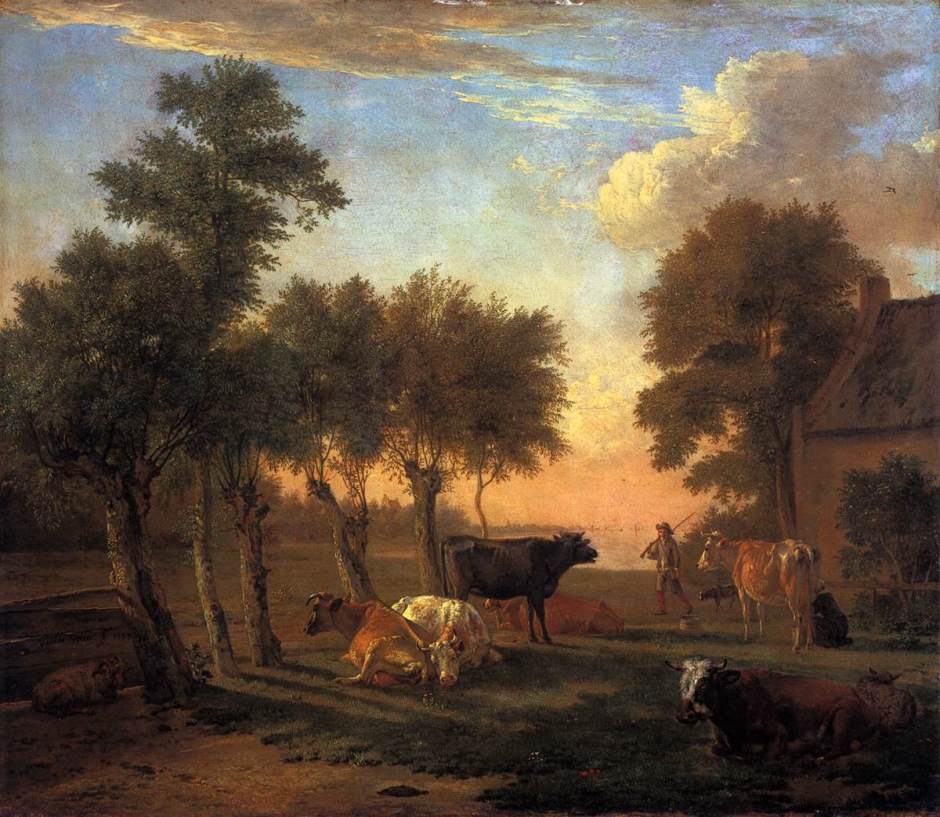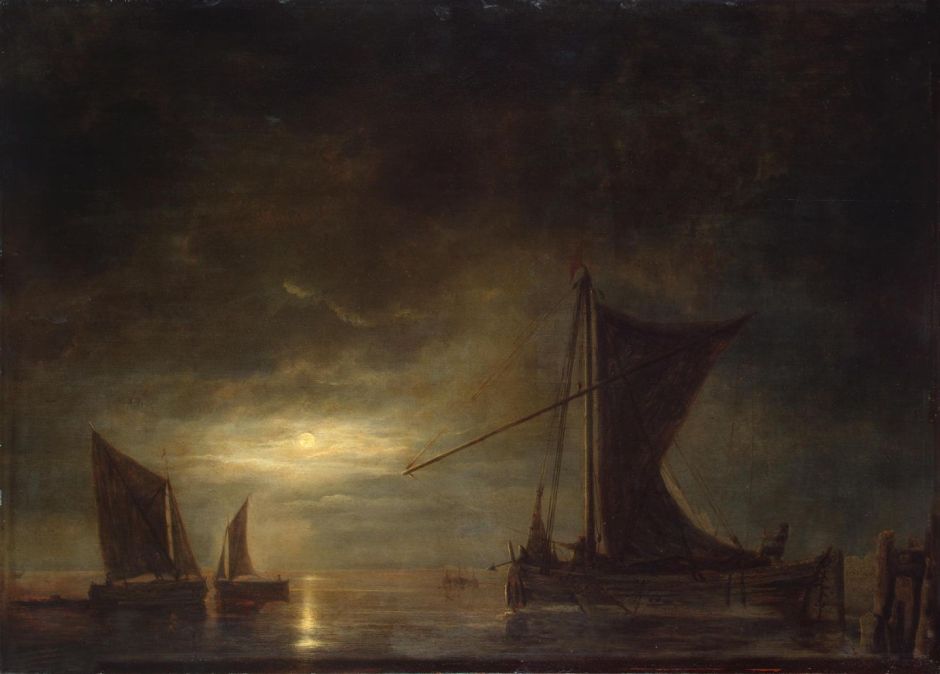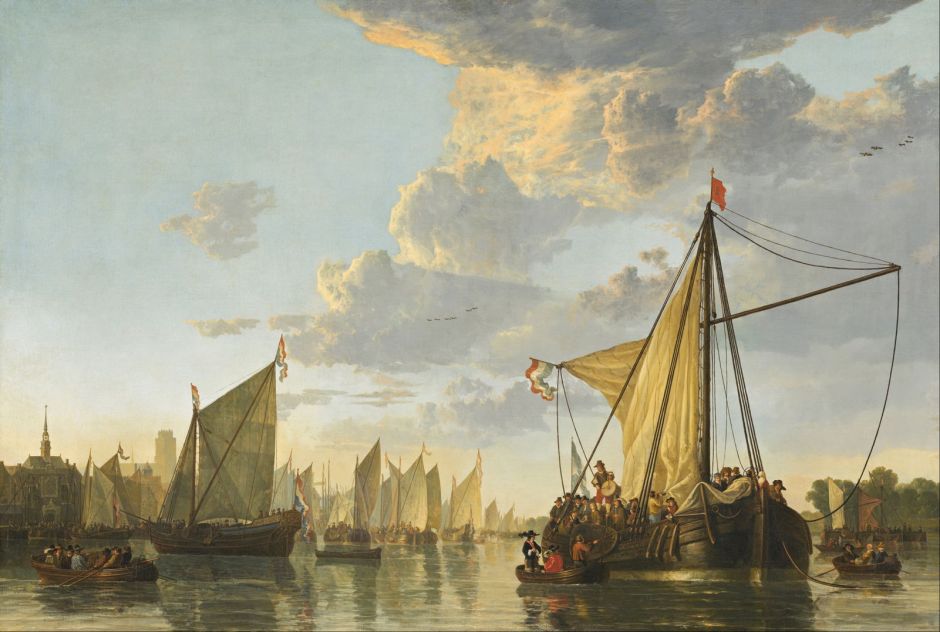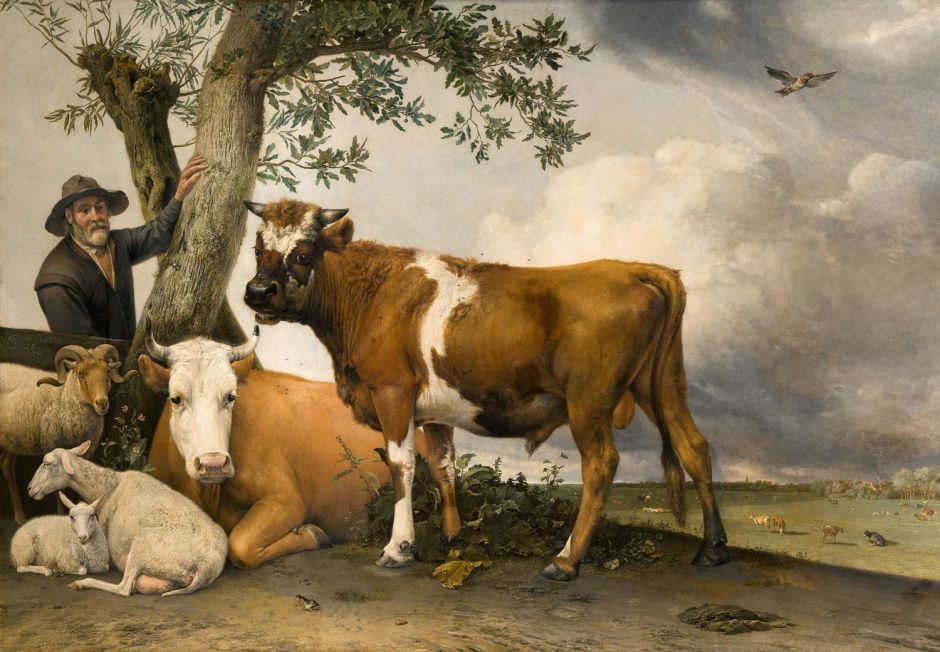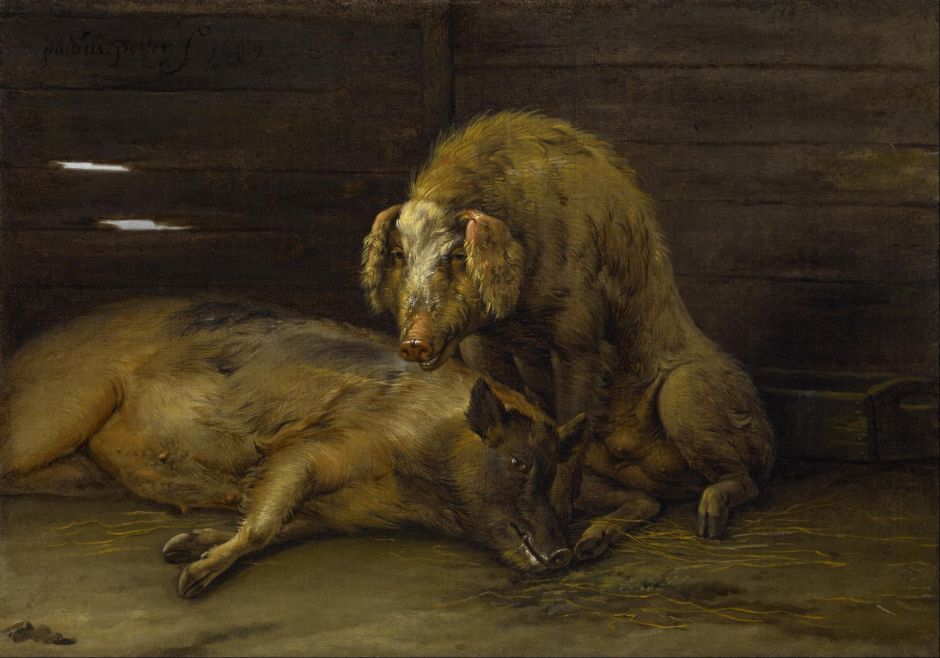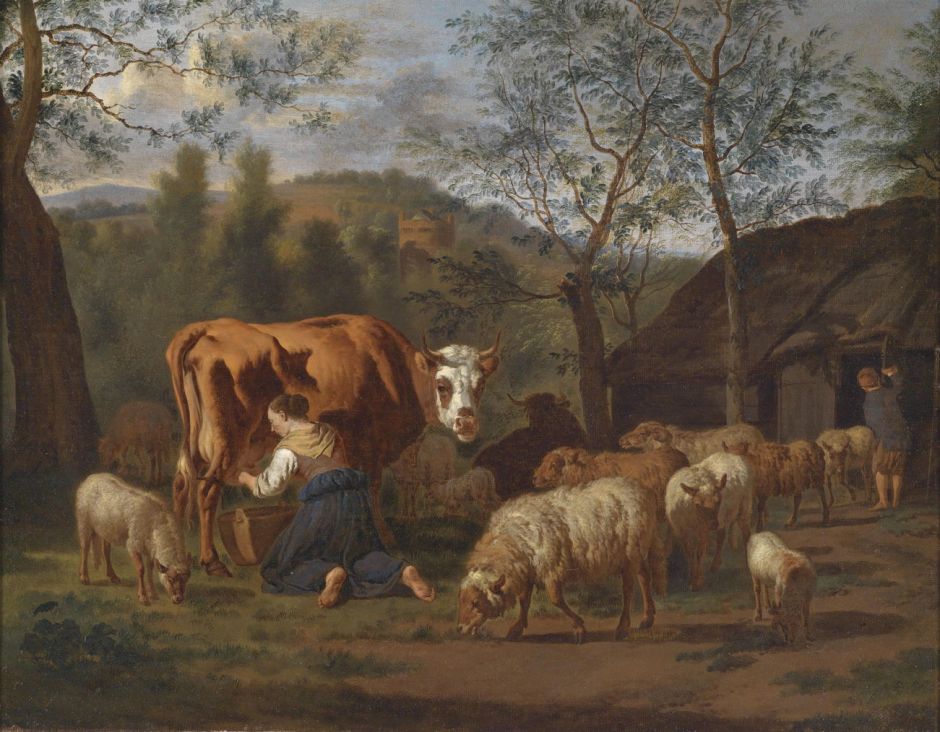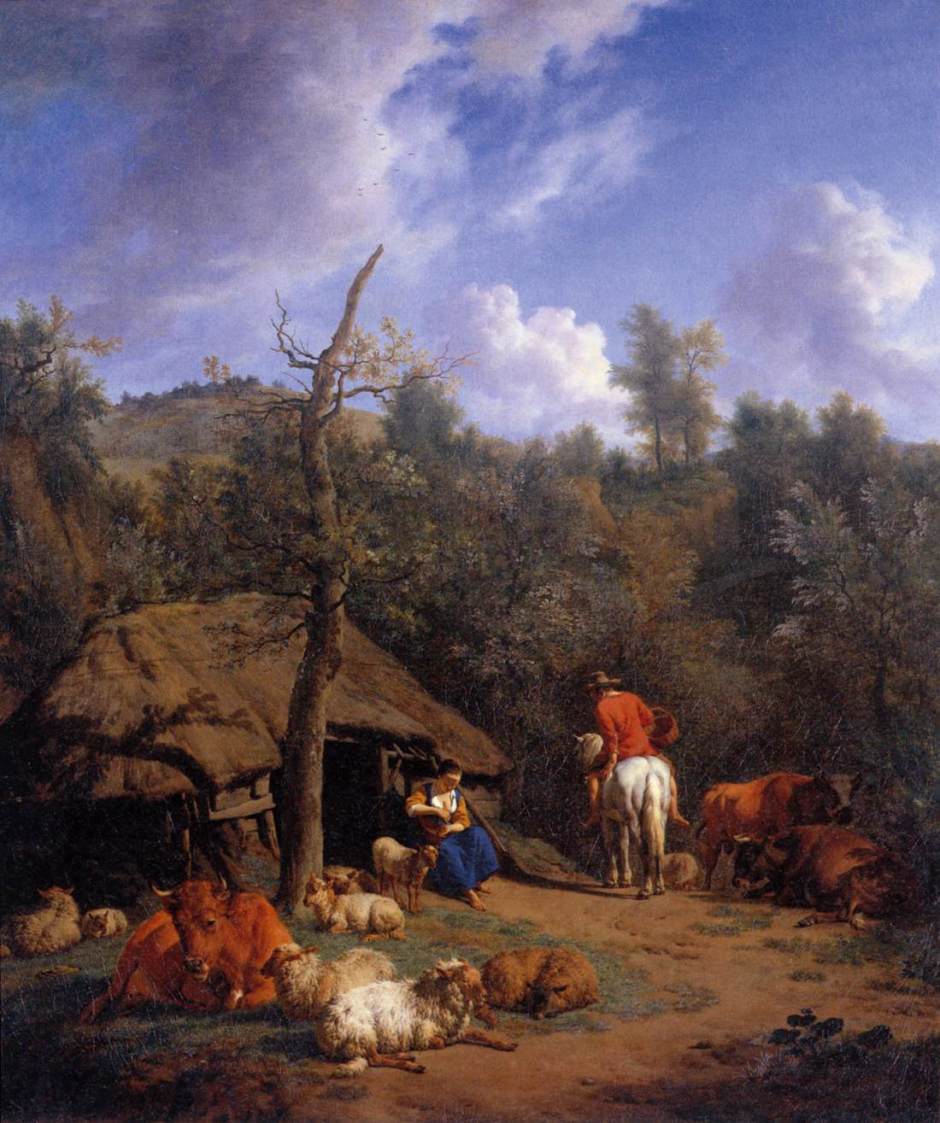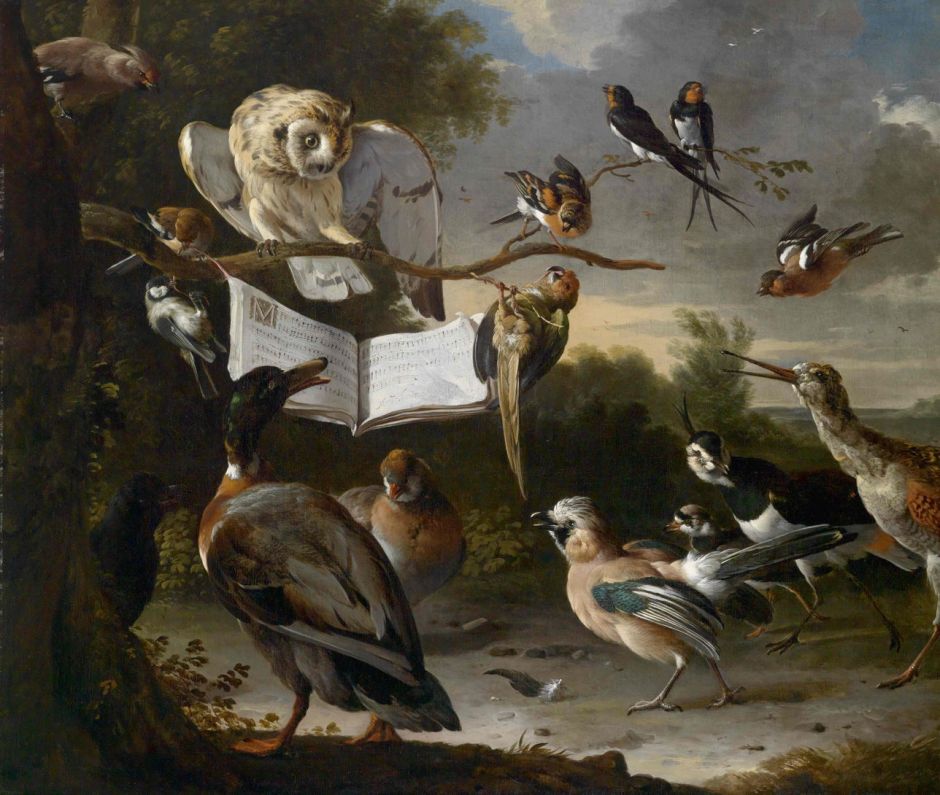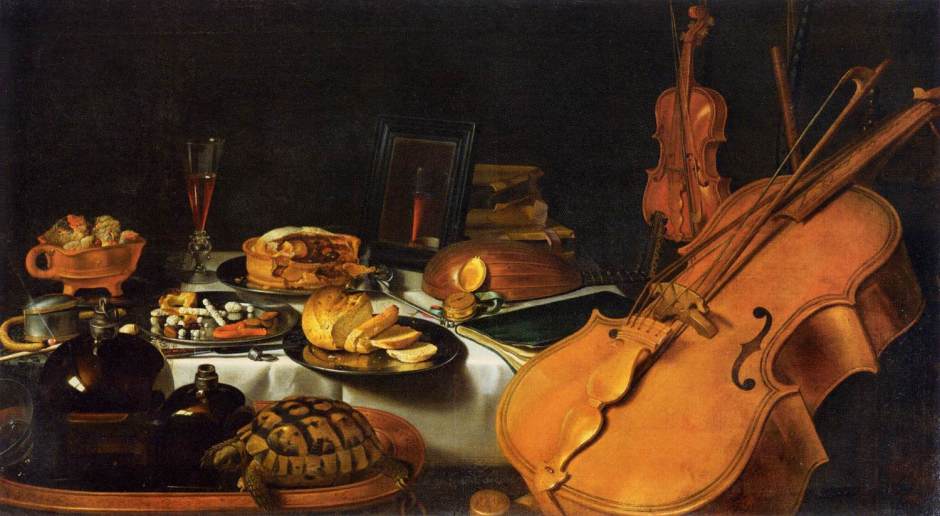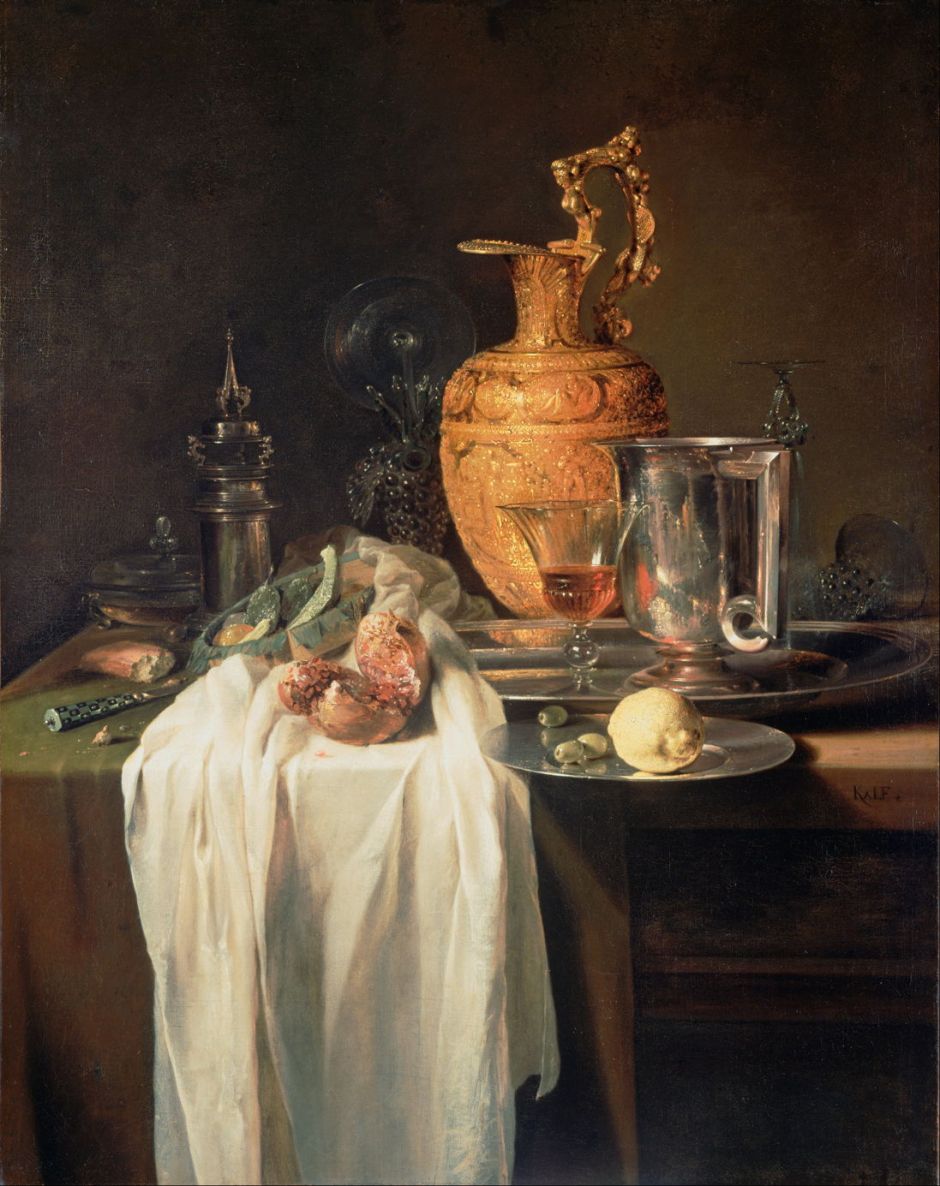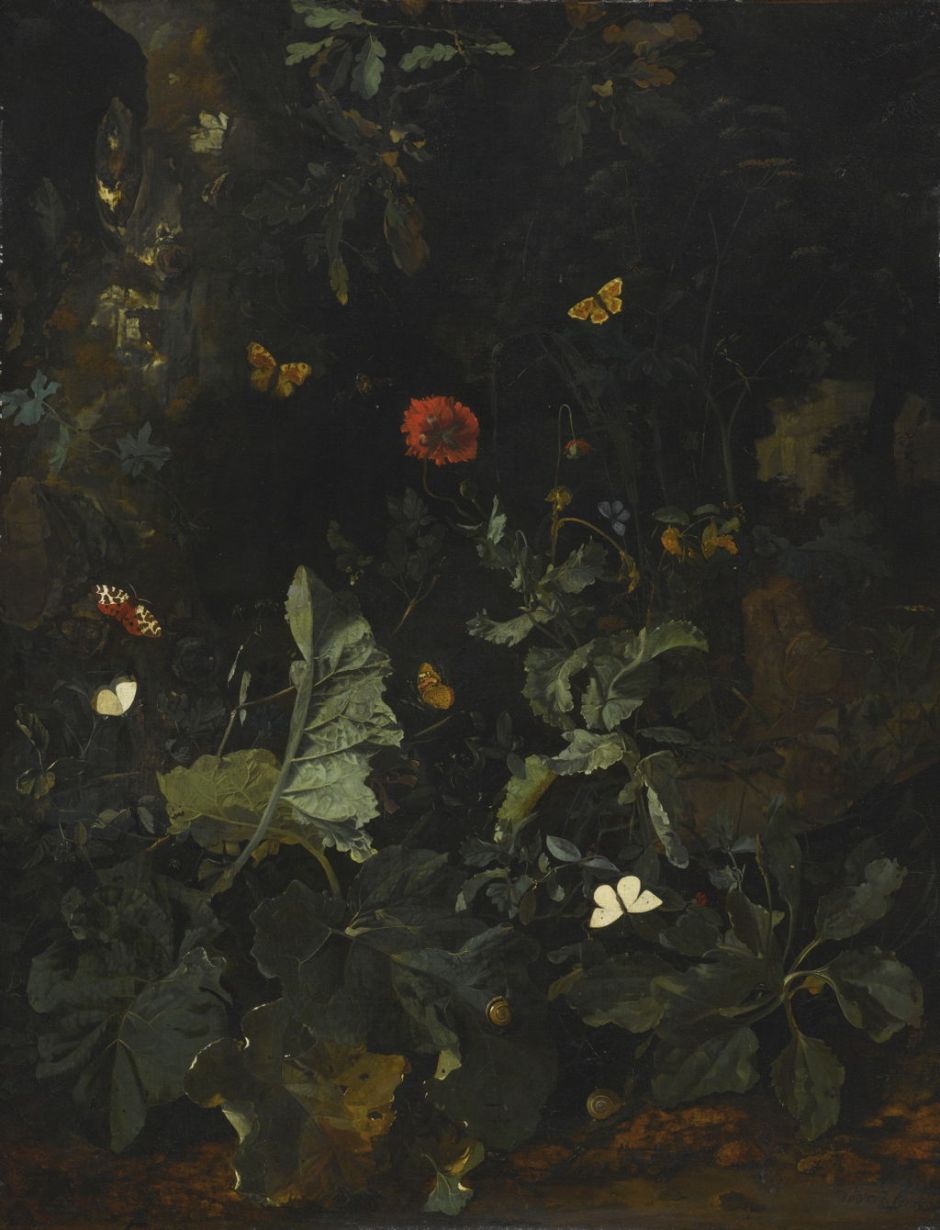The Dutch Golden Age: Jacob van Ruisdael’s trees
Of the several hundred landscape painters of the Dutch Golden Age, the best-known and most influential is Jacob van Ruisdael, whose paintings were described by Vincent van Gogh as “sublime”. Van Ruisdael was starting his career just as Nicolas Poussin was reaching his zenith in Rome, and the two were major influences on all subsequent landscape artists, particularly Thomas Gainsborough, John Constable and JMW Turner.
Jacob Isaackszoon van Ruisdael (1628/9-1682) was born in Haarlem into a family of painters. Presumably apprenticed within the family workshop, he was admitted to the local Guild of Saint Luke in 1648, and from the outset appears to have specialised in landscape painting.

Van Ruisdael’s earliest landscapes contained trees, as they would at a time when trees and woods were more extensive in their coverage across the whole of Europe. The view in Landscape with a Church (c 1645) looks familiar, as its composition was used by Gainsborough, Constable, and many other later artists. Prominent at the left, and forming repoussoir, is the hulk of an old tree, younger branches sprouting from the remains, a recurrent theme in Gainsborough as well as van Ruisdael. A recession in depth on the right leads to the brighter-lit church in the middle distance.
The trees here are painstakingly constructed from the anatomy of their branches, with leaves painted individually in the foreground, but delicately en masse in the further distance. Bark colour, texture, and rich lichen growth are also shown in fine detail.

Van Ruisdael soon showed a deep understanding of the stages in the life and looks of oak trees. In Road through an Oak Forest (c 1646-7) he captures the later life of a stag-headed oak, that long ago lost its crown, on the left, a flush of new growth on a fallen trunk, and another still clinging onto life despite a great split at its base.
Judging from the girth of their trunks, the oak trees shown here are around 400 years old, making it likely that they were saplings in the thirteenth century, possibly even earlier. They form a remarkable window back in time to the late Middle Ages.

Some of van Ruisdael’s sketches and drawings have also survived, among them Landscape with a Stone Bridge (c 1647). This shows his development of foliage from branch structure quite clearly, and the fact that he didn’t block in that foliage, preferring gestural squiggles and other marks.

Van Ruisdael was a faithful observer of the different species of tree and their forms, as shown in his timeless A Wooded Landscape with a Pond from about 1648. He has maintained careful, anatomical construction even in the prominent tree at the centre right, in the middle distance, and the canopies appear light and leafy.

Gentle rural decay is shown not only in the ruined buildings in Landscape with a Mill-run and Ruins (c 1653), but also in the stag-head tree in the centre of the painting.
He moved to Amsterdam in 1657, to take advantage of its growing prosperity. He appears to have travelled little, remaining within the European lowlands and venturing only just over the border into Germany. His only known student was Meindert Hobbema, who became an accomplished landscape painter who also depicted trees as important elements within his works.

Probably painted soon after he had moved to Amsterdam, The Great Forest (c 1655-60) shows travellers along a track passing at the edge of an ancient woodland, with an assortment of trees in various states of advancing age, including some reduced to stag-heads.

The upland landscape shown in The Forest Stream (c 1660) was clearly not one that van Ruisdael had ever seen, but must have been composed from studying the paintings of others, and talking to those more widely travelled. His trees remain much as before, with a gnarled and twisted stag-head at the right, and at the left a near-dead trunk poised in slow-motion collapse into the stream.

Although most of van Ruisdael’s paintings are in full daylight, as with his contemporaries he also explored more transient light effects, in A Marsh in a Forest at Dusk (c 1660). Now the ancient trees launching themselves out from the bank at the right have engaged with those growing in the marsh. The effect of the late dusk light on their canopies is spectacular, as are the thin banks of cloud above, lit by the setting sun. His careful leaf-by-leaf depiction of canopies of different tree species generates distinct and life-like textures.

In Landscape with Waterfall (c 1660-70), van Ruisdael revisited the distant church framed by nearer trees theme of Landscape with a Church above. Perhaps this time the church is a little too far away, though still an inspiration to Constable and Gainsborough. At the right a birch collapses off the edge, and there is a pair of ancient wizened oaks filling the centre.

He continued to develop the theme of old oaks and water in Oaks at a Lake with Water Lilies in about 1665. Again a dying ancient hulk stands like a prow from the bank at the left, and he shows bright flowers on the water-lilies.

Many of his woods are either unpopulated, or the few people providing staffage are barely visible against their surroundings. His undated A Road through an Oak Wood is different, with a couple of travellers on its road, and woodland activities of clearing and burning at the left.
The Golden Age was primarily based on prosperity from trade, not home production, but increasing demand from the affluent cities led to greater timber production, particularly for ships and buildings, and the clearing of woods to augment farmland.

My final selection is perhaps his most detailed essay on the effects of advanced age on trees, Three Great Trees in a Mountainous Landscape with a River (c 1665-70). Although the mountains are borrowed or imaginary, the three trees of the title seem almost impossibly intertwined. The nearest is struggling to survive, remains of its former glory resting, limbs in the air, at its foot.
When the Dutch economy collapsed in 1672, he appears to have remained relatively prosperous, and continued to work in Amsterdam until his death a decade later, in 1682.
References
Wikipedia
Slive, S (2005) Jacob van Ruisdael: Master of Landscape, Royal Academy of Arts, London. ISBN 978 1 903973 24 0.
Ashton, PS, Davies, AI & Slive, S (1982). “Jacob van Ruisdael’s trees”. Arnoldia 42 (1): 2–31; available from JSTOR.



























